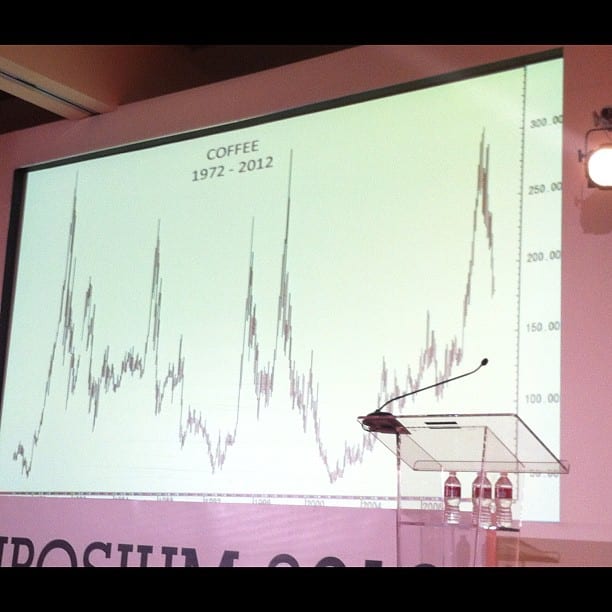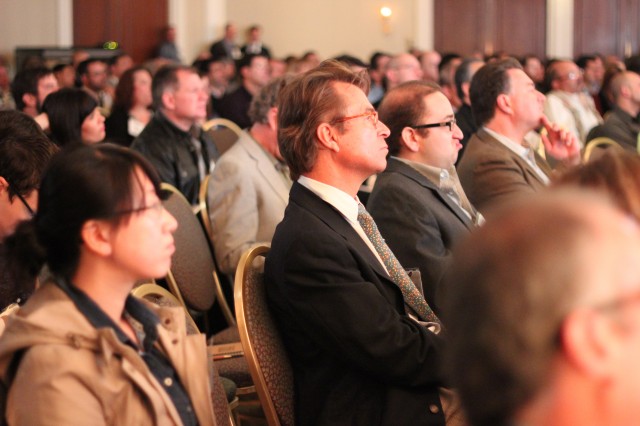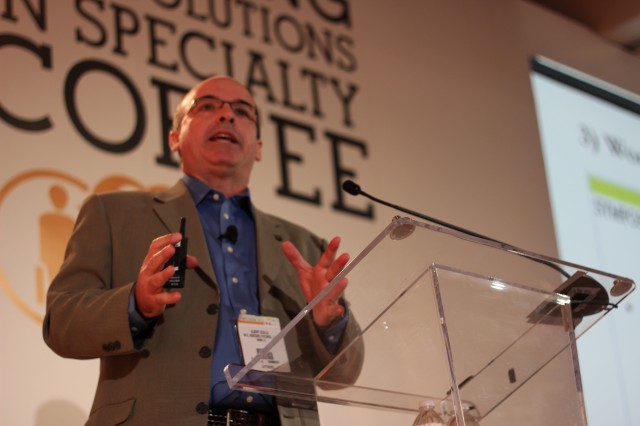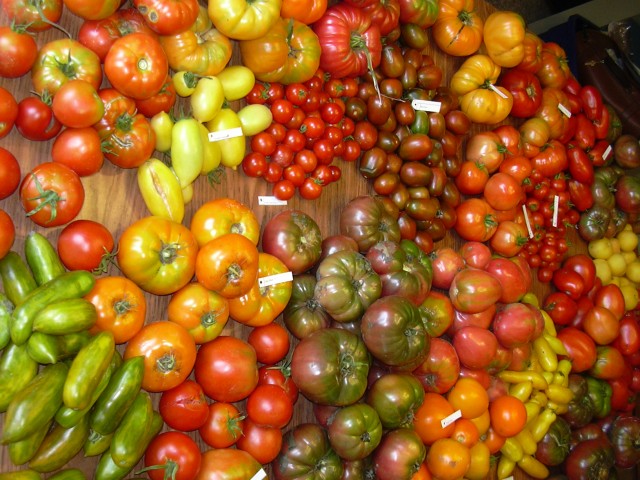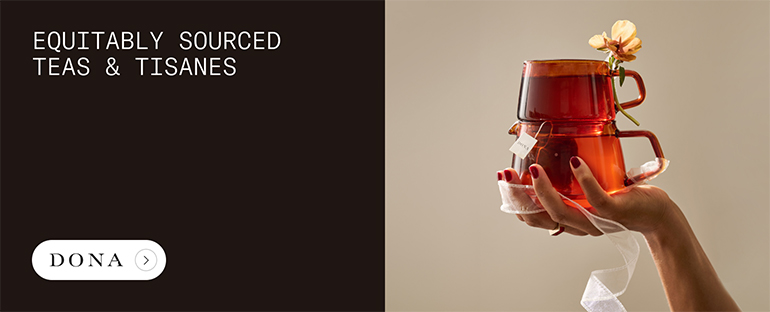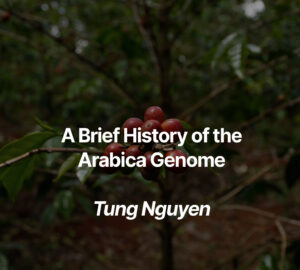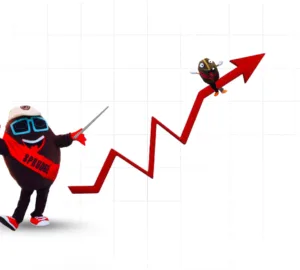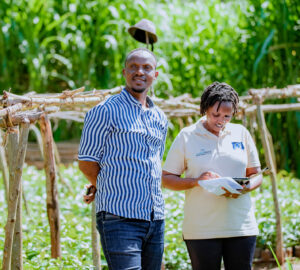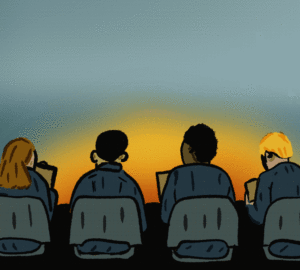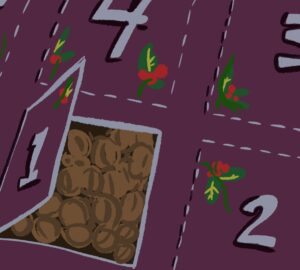Among the crowd in the Pavilion hall at Portland’s downtown Hilton for the start of SCAA Symposium 2012, the room felt what can’t be described as anything but “full.” (And I don’t just mean from the stuffed biscuits at the pre-program breakfast buffet. Although just try to tear me away from unlimited biscuits at a breakfast buffet. Go ahead, just try.)
Many chatted about last year’s program, the concerns it raised (climate change, supply/demand shift, market volatility); some mused about the fact that we’d all be collected en masse in a single room for the duration, rather than split among ranks and interests as in past years; others still complained that it’s always freezing at these types of events. (Isn’t Portland supposed to be some kind of ecofriendly mecca? Can we turn down the AC for Pete’s sake?!?)
But when the program kicked in with the first discussions about market volatility and strengthening the supply chain, it was clear we were all full of one thing in particular: Questions, many (perhaps too many) of them rhetorical. But also hope and enthusiasm for the future of speciality coffee in this particular moment, in 2012.
What do we do to combat or counteract volatility for coffee growers and coffee buyers? (Nothing: We can only learn to try to protect ourselves against its inevitability.) Where will the 30 million bags of coffee that we need to balance the global supply/demand shift come from? (If we’re not careful, from increased production of Robusta and low-cup-quality Arabicas.) Are crop yield and coffee quality mutually exclusive? (Well…) What role does or should governments have in encouraging policies and frameworks to support growers in producing countries? (It depends who you ask.)
The takeaways from the morning’s discussions managed to agree on a few significant points: Collaboration is key; volatility is unavoidable but not necessarily a death sentence to our segment of the industry; and innovation is as close to a “silver bullet” as we’re going to get, if we can keep our minds and our conversations open to it.
Collaboration has a special place at the heart of Symposium, and, arguably, at the heart of specialty coffee in general. More than one speaker took to the podium with grand ideas about de-emphasizing the role of competition within our corner of the global coffee market, advocating instead for a kind of free-flowing exchange of technological, economic, and social development and discovery. (If that sounds all woo-woo John-and-Yoko bed-in, I’ll take this opportunity to gently remind you of the oft-quoted adage about rising tides…)
And of course the spirit of collaboration and community extends past the podium: Business cards fly hot and heavy at industry gatherings, of course, but so does laughter, raised voices, and some pretty fierce tweeting (#symp2012).
As an industry strategy and approach at creating solutions, collaboration goes hand-in-hand with innovation: One person developing brilliant new technologies in a vacuum amounts to nothing more than a proverbial tree falling in the proverbial woods. But if we are able to create and maintain outlets for sharing Symposium, for example, and the World Coffee Research’s work; we can at least prepare to bridge gaps between coffee growers and buyers, between roasters and consumers, between consumers and their preconceived notions (be they what they may).
That leaves volatility, the elephant in the room. (You ain’t seen nothing till you’ve seen a volatile elephant in a room full of coffee people.) Climate change and other nature-related instability have rocked certain growing regions again and again in the past few years; fluctuating coffee prices and speculation has created credit anxiety among farmers with much to lose and little luxury for risk taking; and the fact that demand is quickly outpacing supply in several coffee markets exacerbates and compounds the whole mess.
“Coffee is not about tranquility,” said Pacific Coast Coffee Association’s Albert Scalla. (Have truer words ever been spoken?)
Third-generation coffee farmer and Anacafé board member Juan Luis Barrios echoed Scalla’s sentiment by advocating for well-developed direct relationships with growers. “Small farmers want to lower their volatility,” Scalla said. “They want to know they’ll have a sustainable price over time.” (Volatility, meet collaboration.)
And Carlos Brando of P&A International Marketing (which does work with the International Coffee Organization), said that there is innovation to be shared—it’s just a matter of facilitating the conversation. “What are top-yielding farmers doing differently?” he asked. “They prove that the technology exists [to improve yields].” (Collaboration, meet innovation.)
But beyond all the (admittedly very important) talk of technology and marketing, there’s still the fundamental coffee-ness of coffee that keeps us coming back and wanting to do more, and to do better.
“I love heirloom tomatoes not just because they’re beautiful and intriguing, but because they taste just like tomatoes,” said SCAA executive director Ric Rhinehart. “And more importantly, there’s a range of taste across the spectrum. As differentiated as they are in shape and color and size, they’re that differentiated in taste. The real value for me is not how many tons of tomatoes per acre we can yield…or the uniformity of the tomatoes. What I really care about is the experience. We’re not talking about coffee that’s the equivalent of a commercial tomato. We’re here because we want the coffee to deliver us to an experience: The experience of coffee.
“Make the coffee more beautiful,” Rhinehart continued. “Make the coffee taste better, and most of all, engage people in the experience of having a cup of coffee.”
And a room full of coffee professionals sighed romantically. (And suddenly had an overwhelming craving for a Caprese salad…)
Erin Meister is our newest contributor. She writes for The Nervous Cook and Serious Eats, and is a customer relations representative for Counter Culture Coffee. Enjoy her #symp2012 coverage all week long.











